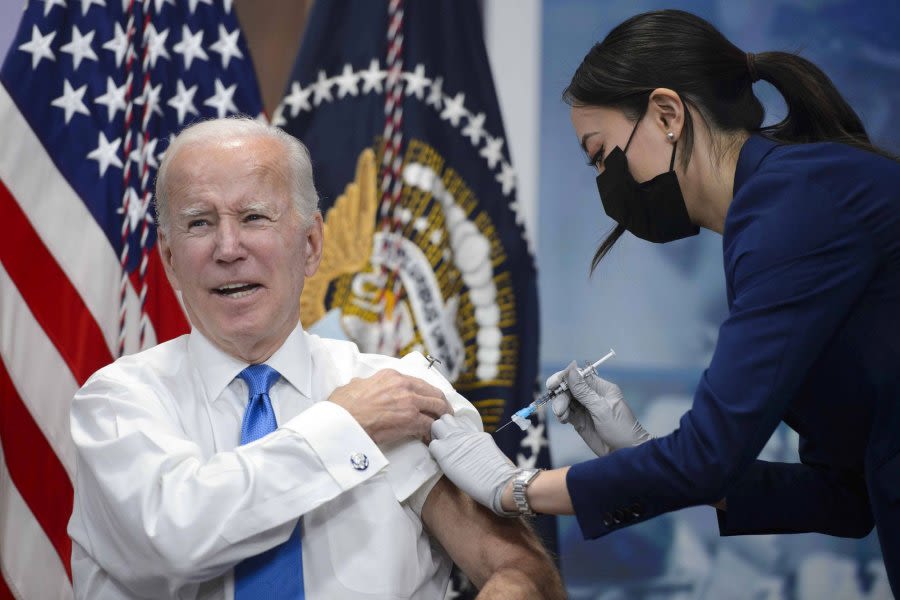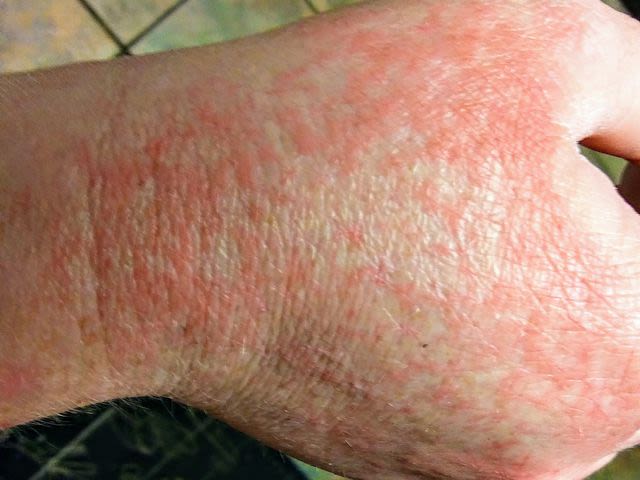Search results
News about COVID-19, variants, FLiRT
News about Covid-19, FLiRT, symptoms
Also in the news
Feb 6, 2023 · New variants of SARS-CoV-2, the virus that causes COVID-19, will continue to occur. CDC coordinates collaborative partnerships which continue to fuel the largest viral genomic sequencing effort to date. The Omicron variant, which emerged in November 2021, has many lineages.
Sep 1, 2023 · The World Health Organization (WHO) names new coronavirus variants using the letters of the Greek alphabet, starting with the Alpha variant, which emerged in 2020. Below is a list of—and information about—some of the variants that have been top-of-mind.
Mar 27, 2024 · From May 2021 onwards, WHO began assigning simple, easy-to-say labels for key variants. Considerable progress has been made in establishing and strengthening a global system to detect signals of potential VOIs or VOCs and rapidly assess the risk posed by SARS-CoV-2 variants to public health.
Sep 1, 2023 · Throughout the COVID-19 pandemic, many variants of SARS-CoV-2 have been found in the United States and globally. Scientists use multiple classification systems to describe and communicate similarities and differences between SARS-CoV-2 viruses.
Dec 18, 2023 · COVID-19 variants: It is usual for viruses to change and evolve as they spread between people over time. When these changes become significantly different to a previously detected virus, these new virus types are known as “variants.”
Nov 4, 2023 · Concern over variants, sometimes called strains, of the virus that causes COVID-19 is based on how the virus might change. A virus could get better at infecting people, spread faster or cause people to get sicker.
Variants of severe acute respiratory syndrome coronavirus 2 ( SARS-CoV-2) are viruses that, while similar to the original, have genetic changes that are of enough significance to lead virologists to label them separately. SARS-CoV-2 is the virus that causes coronavirus disease 2019 (COVID-19).




